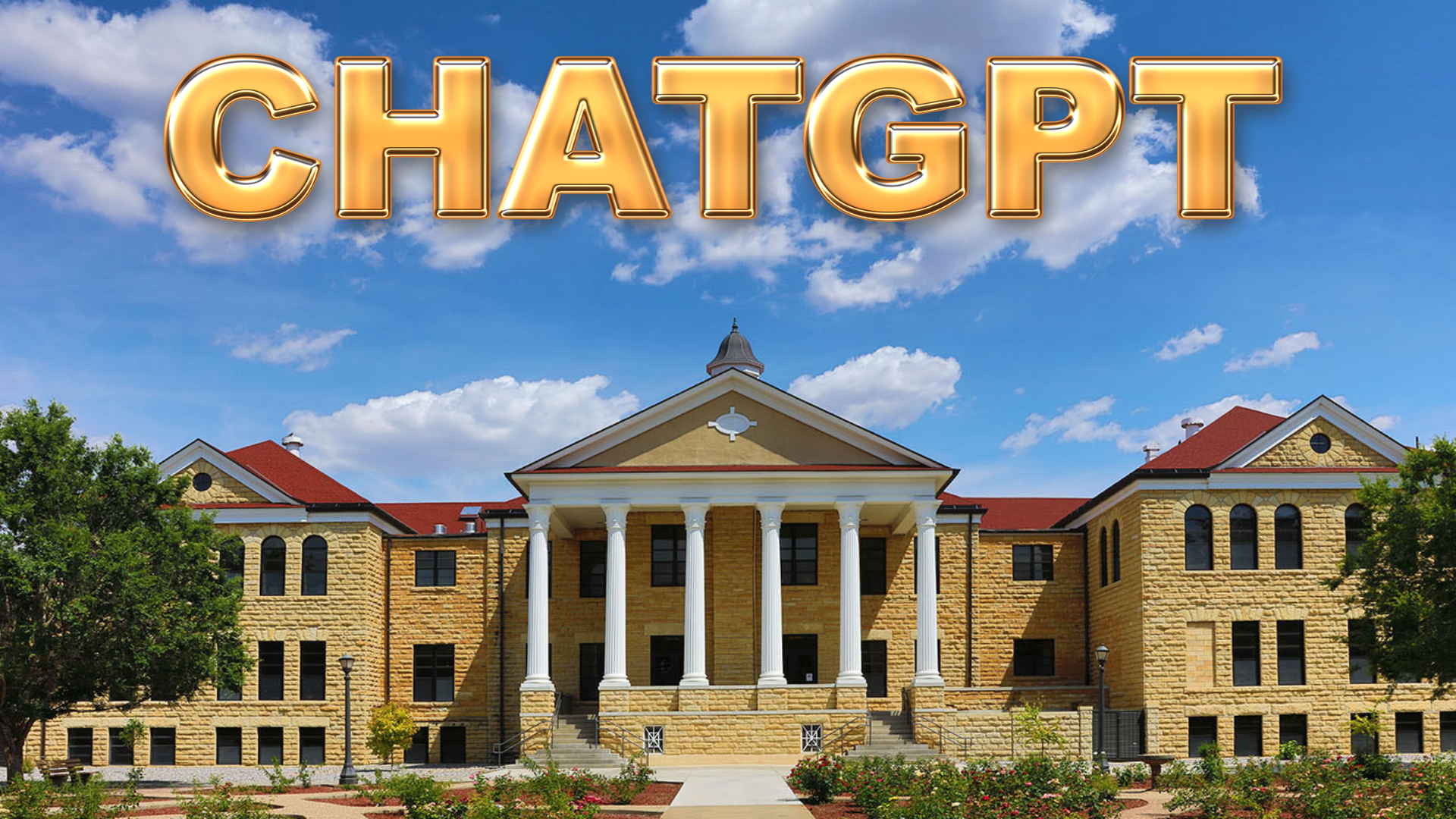BY ALICIA FEYERHERM
Chat GPT, a new AI technology that creates responses to user prompts, has caused a stir in the educational community.
Before the semester ended, FHSU’s Teaching Innovation and Learning Technology (TILT) department hosted a webinar to discuss Chat GPT and its implications.
One of the most challenging components of this software is the speed at which updates and improvements are released.
“Every week it changes; every week it’s something new,” Heather Olson, director of online teaching and learning experience at Florida Southwestern State College, said.
Not only are updates rapid, but the rate of adoption for Chat GPT far exceeds previous apps and programs. For example, when Instagram was launched, it took two and a half months for the platform to reach one million users. Chat GPT reached one million users within five days of launch and within two months, reached 100 million users.
“We can’t stop it,” Assistant Provost of TILT Andrew Feldstein said.
For faculty, figuring out how to moderate Chat GPT in the classroom is a struggle.
“The growth of this is changing too rapidly for us to anticipate in August the rules we want to follow in May,” Kristina Mazzaferro said. Mazzaferro is a high school English teacher in Illinois.
Even with this ambiguity, Mazzaferro emphasized the importance of creating policies about AI. In her classroom, she has used Chat GPT to aid student learning and believes the technology can be leveraged for good. Other teachers in her school, though, are completely opposed to the use of Chat GPT in any capacity.
“It can be difficult for students to distinguish expectations from class to class or teacher to teacher,” Mazzaferro said.
Policy creation would keep well-intentioned students from accidentally breaking rules or expectations.
Mazzaferro also discussed detecting AI-generated essays. After pasting essay prompts into Chat GPT, Mazzaferro saw a difference in Chat GPT’s writing compared to her own students.
“It was very recognizable to me that while it was a very powerful tool and I was very impressed with what it spit out as a computer, to me, it had no match for human writing,” Mazzaferro said.
Katie Horin, a curriculum consultant at Packback (an AI educational company), agreed that AI-generated essays could be spotted by experienced educators.
“Student voice is really important in the classroom, so just trust your gut,” Horin said.”If you see something that doesn’t seem right, there’s a very good chance it’s not.”
Another way to detect plagiarism from Chat GPT is to look at sources that are cited. At its core, Chat GPT is a language model, so the software is creating citations that seem statistically likely, but those are not real sources. Horin showed an example where a student used Chat GPT to write an essay that cited sources.
“If you didn’t look these up, you’d have no reason to believe these don’t exist,” Horin said. “But they don’t. The journals don’t exist, the articles themselves do not exist, the authors do not exist and what the paper spit out is completely fabricated.”
Chat GPT may seem tempting for students looking for an easy way out, but Olson does not believe Chat GPT will lead to more cheating.
“It’s the same percentage of students; it’s just the way that they’re cheating that’s different,” Olson said.
Alexa Summers teaches computer science at UMKC and says detecting plagiarism in code is a little different. Summers looks for the incorporation of high-level elements or other advanced techniques that have not been covered in class. Chat GPT also occasionally adds unnecessary elements that experienced coders can spot.
Summers is not concerned about Chat GPT, though. In the coding world, a variety of resources already exist. If students did not ask Chat GPT for help, they would google questions or ask a classmate or find another resource. Summers views Chat GPT as part of the learning process.
“While that’s a downfall, that’s also how they learn, because in the future, they’ll know how to do it,” Summers said.
Recently, a new, paid version of Chat GPT (GPT 4) has been released.
“The advances from one to the other in such a short period of time are nothing short of mind-boggling in terms of the sophistication of responses that are coming out of GPT 4,” Feldstein said.
This new update raises equity concerns as those who can afford GPT 4 could be at an advantage to those who cannot, drawing a line in the educational atmosphere between the “haves and the have-nots.” Olson believes equity issues have existed in the classroom before AI, and while the issue needs to be addressed, it should not prevent teachers from embracing AI.
“This is our chance to teach students in new ways, this is our chance to support them in new ways, this is the chance to really personalize learning and teach them how to work with change,” Olson said.
TILT Instructional Technologist Nathan Riedel recognizes that AI will change the job market. Some jobs will become obsolete, while brand new jobs will be created.
“Social Media managers didn’t exist 15 years ago and now they’re everywhere,” Riedel said.
Olson agreed. Reinventing how students are educated is vital to helping students get the most out of their college education.
“I’m very frightened that if we don’t adapt to this technology now, we’re going to have students graduate who are not prepared to work, and that scares me,” Olson said.
All in all, generative AI and programs like Chat GPT raise many questions and provide few concrete answers.
“We don’t know where this is headed,” Feldstein said. “This is only the beginning.”

